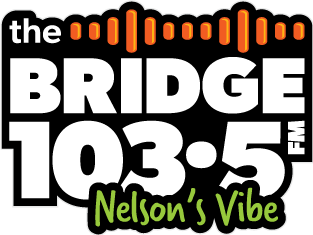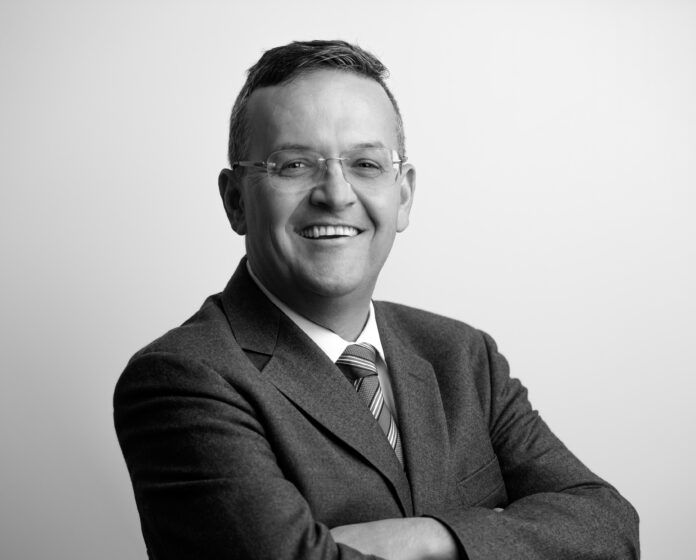A man from a longtime West Kootenay family is among this year’s inductees into the Order of BC. Byng Giraud, a businessman who splits his time between Winlaw and the Lower Mainland, is being recognized as an “aggressive advocate for economic reconciliation with Indigenous Peoples.” We spoke with him last week.
What is “economic reconciliation”?
Obviously reconciliation with Indigenous people is critically important to the success of all of us, Indigenous and non-Indigenous, but within that realm of making things better after the colonial period is the economic element, something I focus on is working with Indigenous people to take a greater part in the economy, take a greater role, greater ownership, create own-sourced revenues so they’re not dependent on government. It’s really about empowering them from an economic perspective. There are other elements of reconciliation that are more social, but that’s not my area of expertise.
How did you follow that path? How did you become an advocate?
When I was young, you could see the racism that existed everywhere. I come from a natural resource background, like many people in the Kootenays and BC. I was working in mining and other industries and Indigenous people weren’t participating as much as they could. They could participate more, they are the owners of land, they have knowledge, they are a growing population. It just made sense to do more with Indigenous people. It just made sense. We’re trying to build an industrial facility and we needed to make sure they are included. I realized it was something people weren’t doing.
I did some projects with a mine over a decade ago, and those were the first mine operating agreements ever signed with Indigenous people. When I heard we were doing something new, I was surprised. Isn’t this how you’re supposed to do it? I kind of fell into it.
Who have you worked with?
I’ve signed agreements with the Office of the Wet’suwet’en up north, with the Huckleberry mine, and with the Wet’suwet’en First Nation, which is a separate group. I had great relationships with the Cheslatta. I worked with the Tahltan on some mining projects in their territory. I’m doing a little work for the Osoyoos Indian Band right now, the Williams Lake First Nation, pretty much all over the place, to a lesser or greater extent. I think my nominees — they don’t tell you, but I’m figuring it out — were all Indigenous leaders.
Any projects in the Kootenays?
This area falls within the claimed area of a few different nations. I’ve done some things with the Ktunaxa bands, but I’ve never done any work with the Sinixt. Most of my work has been elsewhere.
You said you were surprised these sorts of partnerships hadn’t existed. Were there any particular hurdles stopping it?
Oh, huge hurdles! And there still are. Initially there was a dispute as to whether Indigenous peoples should participate. And then there was resistance to how much. The Delgamuukw case was in the 1990s, so that’s my whole adult life that we’re seeing Indigenous people asserting themselves and take greater roles. But it can’t always be left up to the courts.
One of the things we did was the first-ever Indigenous-led environmental assessment. I worked with the Squamish Nation and have to give them the credit. They came up with the idea, but I was willing to do it. A lot of people said no, don’t do that, you’ll end up in court. Lawyers were worried, companies were worried, government was worried. Sometimes you have to take the risk. I didn’t mean to be innovative, but sometimes doing the right thing by accident is.
Would you say the landscape has changed since or is it still a challenge?
The landscape has changed. Companies are offering Indigenous participation in projects and governments, with the United Nations Declaration of the Rights of Indigenous Peoples, have moved the dial. But it’s not done.
While companies are willing to have Indigenous partners, access to capital is a huge issue. There are a lot of things behind it, but essentially Indigenous communities, organizations, and individuals have greater difficulty borrowing money than the non-Indigenous population. If a company wants to have an Indigenous partner, and it can’t just give the percentages away, that First Nation will have to raise capital. If they’re borrowing at a higher rate than they’re getting a return on, they’re not going to be investing. Access to capital is actually the next battle I’m fighting. There are lots of other people working on this.
I’d like to see more situations where these large-impact projects are majority-owned by the Indigenous community. We see lots of minority ownership now but when are they going to own a majority? An exciting thing I wasn’t involved with is the Cedar LNG up north with the Haisla Nation. I can take no credit, but they’re the actual majority owners and the masters of their own destiny, which is what they were 150 years ago.
How do you feel about receiving the Order of BC?
It’s flattering and a surprise. There are lots more deserving people than me, I’m sure, but I was thinking what does this mean? Being an ally in the fight for reconciliation is rewarded and can be rewarding. Indigenous people are working really hard and it’s nice to be recognized for being part of their journey. Maybe this is a small signal to non-Indigenous people how valuable it is to be an ally and advocate.







